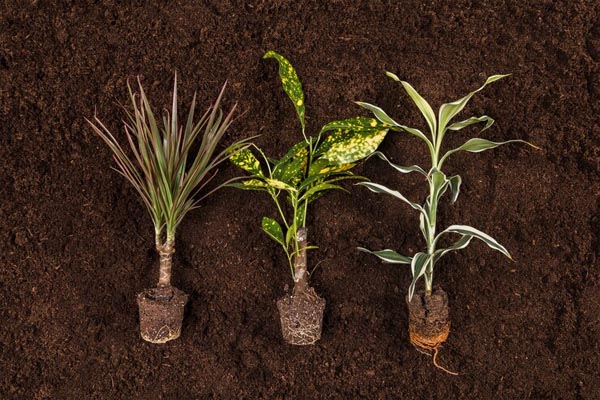
Rooted Revelations: Unveiling the Significance of Reporting on Plant Roots in Potted Plants
In indoor gardening, the often overlooked aspect of plant roots holds a crucial key to the overall well-being of our green companions. While visually fascinating, the abundance of roots in potted plants can weave a complex web that demands our attention. This blog explores the importance of reporting on plant roots, shedding light on the intricacies that can impact the health and sustainability of our potted flora.
Importance of Reporting on Plant Roots in Potted Plants
Observing an abundance of roots in the plant pots signals the intricacies that can become a web of complexities for the well-being of plants. Even in colder weather, providing water daily is essential, as the roots’ entanglement prevents water from reaching the entirety of the potting soil. Failure to report on the status of root overgrowth can lead to the cracking of the pot. When roots no longer have space to spread within the pot, the pot may crack and ultimately break.
Also Read This : Enigmatic Allure: Unraveling the Fame of the Lotus Flower
After reporting, the soil extracted from the pots is mixed with 15% fertilizer and reused, eliminating the need for new soil. It is crucial not to place the plant directly in sunlight for a week after reporting, as it is more sensitive during this period. This practice enhances water permeation in the potting soil and ensures the plant’s safety, even in cold weather.

Unveiling the Significance of Reporting on Plant Roots in Potted Plants
- The Challenge of Root Entanglement
- The Risk of Cracking Pots
- The Reporting Solution
- Post-Reporting Care
Also Read This : Best Place at Home to Put a Jade Plant, as per Vastu
The Challenge of Root Entanglement
A common sight in potted plants, especially as they mature, is the intertwining dance of roots within the confines of the container. This natural growth pattern, if left unattended, poses a significant challenge to the plant’s access to essential resources like water and nutrients. Even in colder weather, where the need for hydration may seem less apparent, daily watering becomes imperative to overcome the hindrance caused by root entanglement.

Also Read This : Unveiling the Secrets to Fix Hibiscus Bud Drop: A Blooming Guide
The Risk of Cracking Pots
The repercussions of neglecting the reporting of root overgrowth extend beyond just hindered growth. Pots, unable to accommodate the expanding root systems, are at risk of cracking and, ultimately, breaking. This scenario jeopardizes the plant’s stability and disrupts the carefully nurtured indoor ecosystem.
Also Read This : 10 Ways to Elevate Your Home Decor with Adorable Baby Plants!
The Reporting Solution
Reporting on the status of root growth becomes a vital practice in addressing these challenges. Following the reporting process, the extracted soil, enriched with 15% fertilizer, is recycled, eliminating the need for fresh soil and contributing to sustainable gardening practices. However, the journey doesn’t end here; it’s crucial to exercise caution post-reporting.
Also Read This : Winter Greenery Secrets: Homemade Liquids to Keep Your Plants Thriving
Post-Reporting Care
For a week after reporting, exposing the plant to direct sunlight is discouraged. This precautionary measure recognizes the heightened sensitivity of the plant during this period. By avoiding direct sunlight, we safeguard the plant from potential stress and ensure a smoother transition, allowing the roots to settle and promoting optimal water permeation in the potting soil.
Also Read This : Tiny Wonders: Elevate Your Home Decor with Adorable Baby Plants!
In the intricate world of indoor gardening, acknowledging and addressing the dynamics of plant roots is essential for fostering a thriving and sustainable environment. Through diligent reporting, we not only overcome challenges posed by root entanglement but also contribute to the longevity of our potted plants. As we delve into the depths of our plant pots, we discover that the roots, often hidden from view, play a starring role in the success story of our indoor greenery.
Also Read This : Harvesting Hibiscus: Tips for Blooming Success




